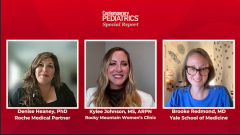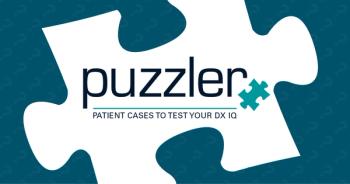
Special Report: Education and Collaboration in STI Management
Panelists emphasize the importance of consistent screening for children and adolescents, highlighting new diagnostic tools and the need for education.
Episodes in this series

In part 6 of this 7-part Special Report, panelists drive home a singular focus: guidelines are only as effective as our commitment to follow them consistently. But when we apply this to children and adolescents, vigilance becomes even more critical. Individual risk factors, family history, and community prevalence should all inform how and when we screen—especially as congenital syphilis and other preventable infections rise.
Diagnostic innovations in the past five years have reshaped pediatric practice as well. Point-of-care testing, at-home collection for older adolescents, and faster turnarounds from centralized labs all mean earlier intervention is possible. For neonates, where early signs of congenital infection may be subtle or absent, these tools are life-saving.
But technology alone is not enough. Education—both for providers and parents—is a persistent gap. Pediatricians must act as trusted sources of information to counter misinformation families may encounter online. For parents, the core message is that saying yes to recommended screening protects not just their child, but also future generations.
Our Experts:
- Kylee Johnson, MS, APRN, is a women’s health nurse practitioner at Rocky Mountain Women's Clinic.
- Brooke Redmond, MD, is an attending neonatal critical care physician at the Yale New Haven Children’s Hospital. She is the creator and director of the 24/7 BABY program.
- Denise Heaney, PhD, is a senior scientific affairs manager in Diagnostics Information Solutions at Roche Diagnostics Corporation in Indianapolis.
Redmond and Johnson have no relevant disclosures to report. Relevant disclosures for Heaney include Roche.
References:
Hufstetler K, Llata E, Miele K, Quilter LAS. Clinical Updates in Sexually Transmitted Infections, 2024. J Womens Health (Larchmt). 2024;33(6):827-837. doi:10.1089/jwh.2024.0367
World Health Organization. Guidelines for the management of asymptomatic sexually transmitted infections. Published 2025. Accessed September 30, 2025.
https://www.ncbi.nlm.nih.gov/books/NBK616637/
Newsletter
Access practical, evidence-based guidance to support better care for our youngest patients. Join our email list for the latest clinical updates.







